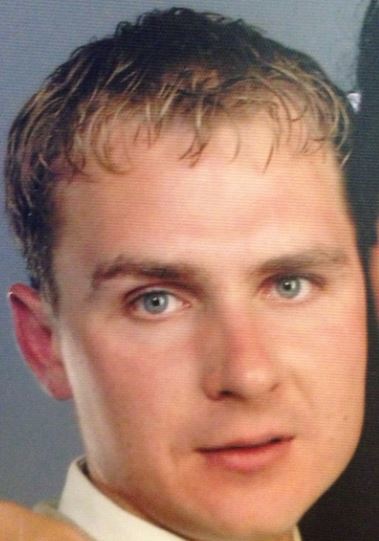An expert witness has told a court it was impossible to say where an alleged murder victim was fatally injured.
The comments were made during the trial of Kestutis Butkevicius, 45, at the High Court in Aberdeen.
Butkevicius denies murdering his flatmate Martynas Krasauskas, 36, at an address in Peterhead’s King Street on September 27 last year.
He also denies attempting to defeat the ends of justice.
Butkevicius has lodged a special defence of incrimination, blaming his former girlfriend Orinta Kalinauskaite.
Forensic scientist Sarah Jones was giving evidence for the second day and spoke about blood staining.
She said blood found on steps outside the flat indicated someone had bled heavily while travelling between the flat and the steps.
Ms Jones continued: “It is not possible to determine if the deceased sustained his bleeding injury outside the steps and then moved into the flat or, if he sustained it inside the flat, then moved outside to return inside.”
Defence counsel Drew McKenzie also asked her about a blood smear on a wall in the flat and a spot of cast-off blood which contained DNA from Butkevicius.
Ms Jones told the court it was not possible to age blood stains. Speaking about the cast-off blood on the wardrobe, Mr McKenzie referred to a joint minute which stated an examination of Butkevicius on September 27 showed he had no injuries.
Mr McKenzie asked if the spot could have arisen on an earlier occasion.
She replied: “Without injury, there’s no source of bleeding at that time, so yes, an alternative time, perhaps.”
Also giving evidence was pathologist Dr Matthew Lyle, who spoke about a post-mortem report he compiled.
He told the court the width of the wound was 2cm. On seeing how deep the wound went, the overall track length was between 12.5cm and 13cm.
When asked about his conclusions, Dr Lyle replied: “I was of the opinion this man died of a penetrating sharp force injury to the chest.”
The trial continues.
